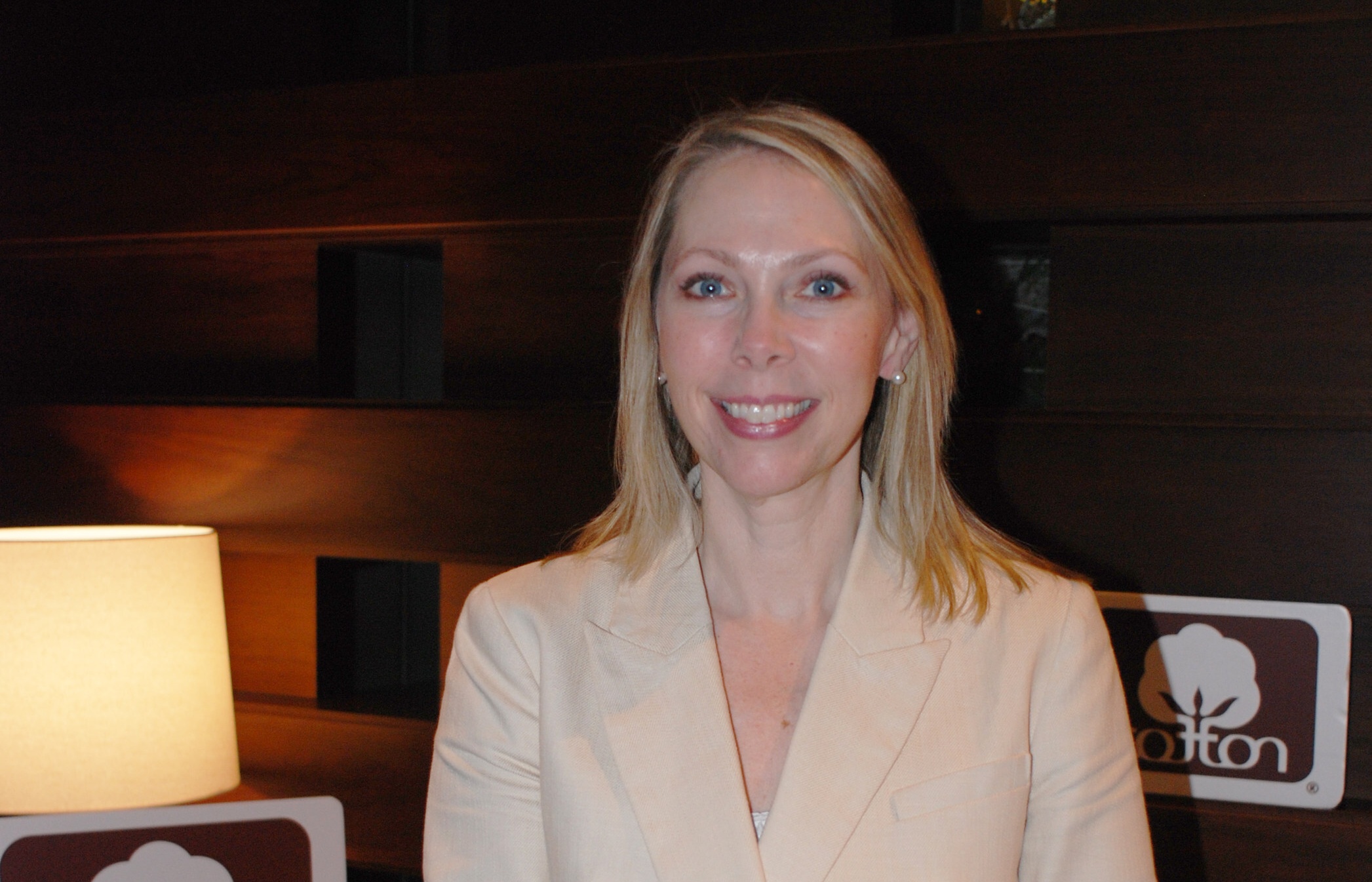Ease of customs boosted by new laws
 Businesses can expect to see improvements, including uniform and simplified customs procedures, e-customs procedures, customs audits and inspections, and a mechanism for obtaining advance rulings on classification, amongst other things. Simplifications are also being made to requirements for customs documentation. For example, Circular 128 in its current form requires importers to provide a copy of their commercial contract for customs classification. This requirement is expected to be removed and replaced by a single requirement to provide a description of goods to be classified by customs. Commercial contracts will also no longer be required to support a customs declaration. Importers and exporters will be allowed to declare up to 50 lines of items of goods in a single customs declaration, and a combined customs declaration will be allowed for goods of the same HS codes, origin and duty rate.
Businesses can expect to see improvements, including uniform and simplified customs procedures, e-customs procedures, customs audits and inspections, and a mechanism for obtaining advance rulings on classification, amongst other things. Simplifications are also being made to requirements for customs documentation. For example, Circular 128 in its current form requires importers to provide a copy of their commercial contract for customs classification. This requirement is expected to be removed and replaced by a single requirement to provide a description of goods to be classified by customs. Commercial contracts will also no longer be required to support a customs declaration. Importers and exporters will be allowed to declare up to 50 lines of items of goods in a single customs declaration, and a combined customs declaration will be allowed for goods of the same HS codes, origin and duty rate.
Current customs systems that rate company compliance and risk profiles are expected to be consolidated in one new circular. Generally, companies receive a good, medium or poor compliance rating by customs authorities. In addition, seven risk-profile ratings are attributed to each company, ranging from very low risk to very high risk, to determine their level of priority in processing customs formalities during customs clearance and valuation procedures.
Of particular note is the fact that one of these draft circulars specifically deals with practical issues faced by businesses during the assessment of preferential duty rates in relation to certificates of origin (C/O). The draft circular allows customs to accept a C/O with “minor errors” ranging from typos to discrepancies in descriptions, measurements, HS codes, incorrect markings, etc... specified in the C/O. In the past, such discrepancies often led to rejections by customs.
Another draft circular combines and streamlines the existing customs procedures for import for re-export and import for export manufacturing (under the current Circular 128) and toll-manufacturing procedures (under the existing Circular 13). Expected changes include stricter customs requirements such as the physical inspection of material inventories and finished goods at factory sites, and registration and liquidation requirements for in-country export of imported materials or finished goods under toll-manufacturing arrangements.
The existing customs procedures (under Circular 128) relating to export-processing enterprises (EPEs) are also being streamlined in one of these draft circulars. In addition, the frequency with which EPEs are audited by customs for compliance will be only once every five years, and EPEs are now allowed to rent warehouses for its materials and finished goods.
Customs classifications and valuations are amongst the most common areas of dispute. One of these draft circulars simplifies the classification procedures (under Circular 49), including (amongst others) allowing the group classification of a set of machinery and equipment into a single HS code subject to the importer’s registration with customs prior to importation, and publishing the classification rulings on the General Department of Customs’ website.
In addition, a new circular on customs valuation has been drafted and is being circulated for public comment. This new draft circular combines the valuation procedures under current circulars 205 and 29, with several changes.
Finally, a new circular is also being drafted to deal specifically with the procedures for post-customs-clearance audits. This new draft circular defines a clearer scope and the rights and accountability of both customs officials and the businesses concerned. For example, customs auditors are prohibited from requiring businesses to provide documents, data or information which the relevant customs office already has; a business may elect the customs audit to be conducted either at the customs office or at its office, depending on whether a physical inventory inspection is required. The new circular also proposes to increase the length of an audit to five working days from its current two. Furthermore, a new and separate procedure for a customs valuation audit is regulated under the draft circular.
These reforms are expected to further improve efficiency in customs procedures as part of the wider government’s continuing administrative reform efforts in 2015, as customs issues remain a topic of discussion in forums and dialogues between the government and the business community. Businesses are advised to stay abreast of these changes to ensure full compliance with the new customs procedures and requirements and thereby avoid potential delays and issues in the customs clearance process.
(*) PwC Vietnam’s customs specialist can be contacted at: nguyen.hong.son@vn.pwc.com
What the stars mean:
★ Poor ★ ★ Promising ★★★ Good ★★★★ Very good ★★★★★ Exceptional
Latest News
More News
- Banks entice youth with tech advances (November 21, 2024 | 08:00)
- ESG represents a shift towards sustainability for banks (November 20, 2024 | 13:00)
- GGGI supports Vietcombank’s debut of $80 million green bonds (November 20, 2024 | 11:20)
- SHB and the ESG journey: creating social value in every step (November 19, 2024 | 15:00)
- Banking sector contributes to ESG, green growth, and sustainable development (November 19, 2024 | 14:42)
- ESG implementation in banking: from awareness to action (November 19, 2024 | 12:08)
- VIR hosts 'ESG in Banking: Leading Through Implementation' conference (November 19, 2024 | 11:14)
- VIR to host seminar on ESG integration (November 19, 2024 | 08:45)
- Reporting still to fully reach global norms (November 18, 2024 | 17:06)
- Improving the effectiveness of social policy credit (November 15, 2024 | 17:22)




















 Mobile Version
Mobile Version